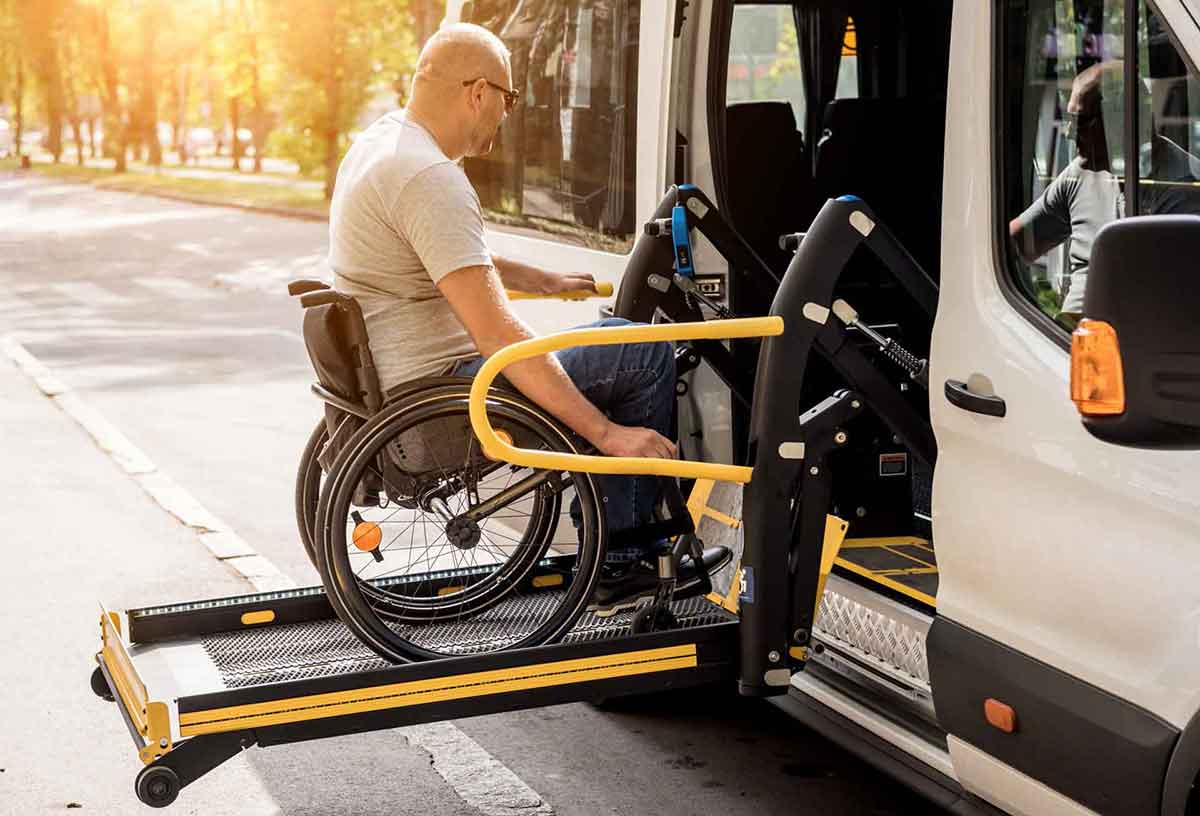Inexpensive and Accessible Medical Transportation Options for each Circumstance
In the world of medical care, the ability to gain access to medical solutions is extremely important, yet the difficulty of economical and available transportation can typically impede individuals from receiving needed treatment. By discovering specific medical transportation solutions, area transport programs, ride-sharing and taxi solutions, non-emergency clinical transportation, as well as public transit and paratransit options, individuals can find avenues that cater to their particular demands and ensure they receive the care they require.
Specialized Medical Transportation Provider
Specialized clinical transportation solutions play a critical duty in making certain secure and effective transport for individuals needing specialized treatment during transit. These solutions provide to patients with one-of-a-kind clinical requirements, such as those needing consistent tracking, specialized tools, or medical interventions throughout transport. By making use of specifically equipped lorries and skilled medical workers, specialized medical transport solutions make sure that clients obtain the needed treatment while being delivered between healthcare facilities, houses, or other places.
One trick aspect of specific clinical transport services is the concentrate on patient comfort and safety and security. Medical transport groups are educated to deal with numerous clinical problems and emergencies that may emerge during transit, offering a greater degree of treatment than traditional transportation options. Furthermore, these solutions usually offer door-to-door support, lessening the stress and anxiety and pain that people may experience during transfers.
Community Transport Programs
Having resolved the critical role of customized medical transportation services in making certain secure and effective transportation for people with distinct medical needs, the emphasis now changes to checking out Neighborhood Transportation Programs - medical transportation. These programs play a vital duty in supplying budget-friendly and obtainable transportation remedies for the general populace, including elders, people with disabilities, and low-income family members who might face obstacles in accessing conventional transport options
Area Transportation Programs include a series of services such as fixed-route buses, paratransit services, volunteer vehicle driver programs, and ridesharing efforts. These programs are usually funded by local federal governments, non-profit organizations, or exclusive business to guarantee that people have dependable transport alternatives to reach medical consultations, supermarket, social activities, and other vital locations.
Ride-Sharing and Taxi Services

One of the essential benefits of ride-sharing and taxi services is their access. These services run 24/7, enabling people to take a trip to clinical consultations, pharmacies, or healthcare facilities at any type of time of the day. Additionally, ride-sharing and taxi solutions deal with people with mobility obstacles by using wheelchair-accessible cars upon request.
Additionally, ride-sharing and taxi solutions can be specifically beneficial for people staying in locations with limited public see this page transportation options. By linking the void in between home and health care facilities, these services play an important role in making certain that every person has access to vital clinical services.
Non-Emergency Medical Transportation

Non-Emergency Medical Transportation suppliers generally use skilled employees that are experienced in helping people with differing clinical needs. By providing door-to-door service, Non-Emergency Medical Transportation improves the general access of medical care for people who may or else have a hard time to attend essential medical consultations.
Public Transportation and Paratransit Options
Public transportation and paratransit options offer essential transport services for people with differing wheelchair requirements, guaranteeing accessibility to crucial destinations such as clinical facilities and consultations. Public transit systems, consisting of buses, trains, and trains, offer an affordable and widely readily available setting of transportation for individuals looking for to reach clinical visits. These services are particularly useful for those that might not have access to private automobiles or require help due to wheelchair obstacles.
Paratransit services cater especially to individuals with handicaps who are not able to utilize traditional public transport. These solutions provide door-to-door transport, suiting individuals with mobility devices, walkers, or various other wheelchair aids. Paratransit lorries are outfitted with functions such as wheelchair ramps and securement systems to make sure the secure and comfortable transportation of passengers with differing mobility demands.

Verdict
